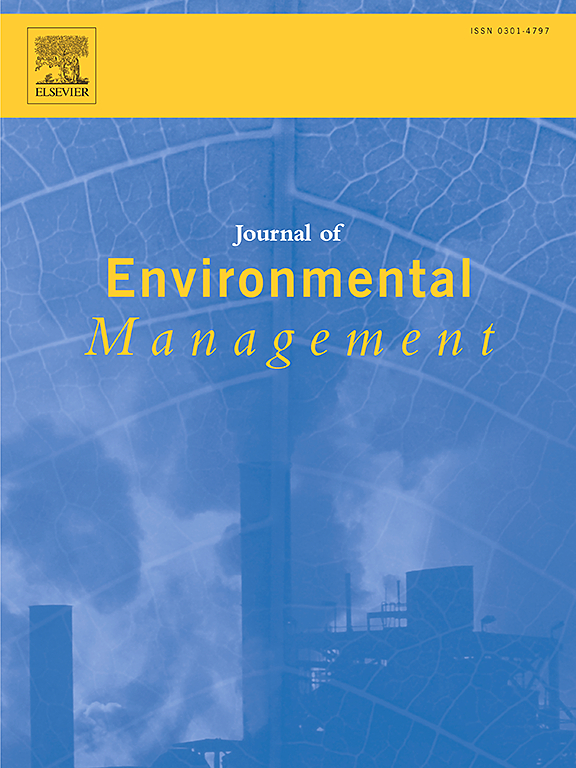Transformation, bound-residue formation, translocation of tribromobisphenol A, 2,2′-dibromobisphenol A, 2,6-bromobisphenol A, and monobromobisphenol A in submerged soil and soil-rice seedling systems
IF 8
2区 环境科学与生态学
Q1 ENVIRONMENTAL SCIENCES
引用次数: 0
Abstract
Tetrabromobisphenol A (TBBPA)-debrominated products has attracted growing concern in recent years. The sequential anoxic−oxic incubation approaches were effective in dissipation of environments containing halogenated xenobiotics. However, few studies focused on the submerged soil-plant systems, which appear common in environment. The present study characterised the fate and metabolites of TBBPA-debrominated products such as tribromobisphenol A (TriBBPA), 2,2′-dibromobisphenol A (2,2′-DiBBPA), 2,6-bromobisphenol A (2,6-DiBBPA), and monobromobisphenol A (MoBBPA) in submerged soils with an anoxic-oxic interface, with or without rice seedlings. The dissipation and translocation of TriBBPA, 2,2′-DiBBPA, 2,6-DiBBPA, and MoBBPA were reported for the first time. 2,6-DiBBPA showed the highest dissipation rate (half-life 3–3.5 days) compared with the dissipation rates (half-life 6.4–15.7 days) of TBBPA, TriBBPA, 2,2′-DiBBPA, and MoBBPA, and the highest non-extractable residues (0.21–30.8%) in soil generally. The presence of rice seedlings accelerated the breakdown of TBBPA and the TBBPA-debrominated products into bisphenol A, thereby reducing their binding to the soil. Methyl ethers of the debromination products (i.e., diMeO-MoBBPA, and MeO-MoBBPA) in soil were revealed for the first time. The logarithms (−3.03–0.85) of the translocation factors were negatively correlated with the octanol-water partition coefficients in the planted soil, indicating the significance of hydrophobicity in their transport. These findings reveal the impact of the anoxic-oxic interface on the fate and metabolism of TBBPA and TBBPA-debrominated products, supporting environmental risk assessment.

求助全文
约1分钟内获得全文
求助全文
来源期刊

Journal of Environmental Management
环境科学-环境科学
CiteScore
13.70
自引率
5.70%
发文量
2477
审稿时长
84 days
期刊介绍:
The Journal of Environmental Management is a journal for the publication of peer reviewed, original research for all aspects of management and the managed use of the environment, both natural and man-made.Critical review articles are also welcome; submission of these is strongly encouraged.
 求助内容:
求助内容: 应助结果提醒方式:
应助结果提醒方式:


